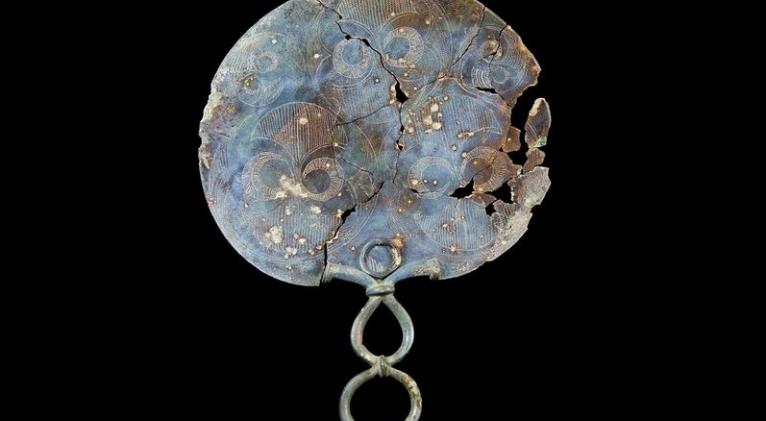
United Kingdom, Jan 17.- In a study to decipher the structure of Iron Age British society, geneticists and archaeologists have found evidence of female political and social empowerment. The researchers, led by scholars from Trinity College Dublin and Bournemouth University, took advantage of a unique opportunity to sequence the DNA of many members of the same community.
They recovered more than 50 ancient genomes from a set of cemeteries in Dorset, southern England, that were used before and after the Roman conquest in 43 AD. The results, which are published in Nature, revealed that this community was focused on links of descent through the female line.
Lara Cassidy, an assistant professor in Trinity's Department of Genetics, led the study. According to her, "This was the cemetery of a large family group. We reconstructed a family tree with many different branches and found that most members traced their maternal lineage back to a single woman, who would have lived centuries earlier. In contrast, relationships through the paternal line were almost non-existent. This tells us that husbands moved to join their wives' communities when they married, and that land could be transmitted through the female line. This is the first time this type of system has been documented in European prehistory and predicts the social and political empowerment of women. It is relatively rare in modern societies, but may not have always been the case," she said in a statement.
Incredibly, the team found that this type of social organisation, called "matrilocality", was not limited to Dorset.
They analyzed data from previous genetic studies of Iron Age Britain and, although the number of samples from other cemeteries was smaller, they observed that the same pattern emerged again and again.
Dan Bradley, professor of population genetics at Trinity and co-author of the study, reflects: "Across Britain we have seen cemeteries where most individuals were maternally descended from a small group of female ancestors. In Yorkshire, for example, a dominant maternal line had been established before 400 BC. To our surprise, this was a widespread phenomenon with deep roots on the island."
Iron Age cemeteries with well-preserved tombs are rare in Britain. Dorset is an exception, due to the unique burial customs of the people who lived there, whom the Romans called Durotrigans. The researchers took DNA samples from a site near the village of Winterborne Kingston, nicknamed Duropolis, which archaeologists from Bournemouth University have been excavating since 2009. Previously, the team had observed that the best-decorated Durotrigan tombs were those of women. (Text and Photo: Cubasí)